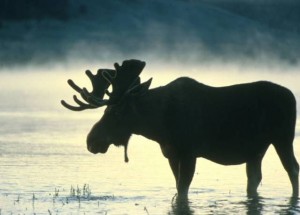
The moose steak sat on the kitchen counter in a steel bowl, thawing.
Having just completed the state hunter education course, I was contemplating the prospect of going after meat on the hoof. Though I didn’t have any plans to hunt until the following year, I did have a question to answer: How would it feel to cook and eat the flesh of a wild mammal?
Two years earlier, for health reasons, Cath and I had given up veganism. We had started eating chicken and fish, foods that seemed strange after so many years.
Eating them was, for me, unsettling. It was also grounding, bringing with it an unexpected sense of embodiment, of fully inhabiting the world, of coming to terms with the inevitable impacts of living.
Handling the flesh of birds and fish, I was quite aware of their origins as living beings. Some of the chickens were ones I had seen pecking away in a friend’s grassy yard. Some of the fish were ones I had caught and killed. Yet, once they had been reduced to food, I didn’t dwell on them as individual creatures.
Moose was different.
The steak was a gift from a local hunter. Under my hand, the cool, firm muscle felt strange as I sliced. Lightly sautéed and served with a stroganoff-style sauce, it tasted even more alien than chicken and fish had.
With a piece of moose between my teeth, the huge, dark animal stood there, vivid in my imagination. Perhaps my awareness of the individual creature stemmed from his sheer size. Perhaps it stemmed from my categorization of moose as part of the local landscape, but—unlike cows or pigs—not part of the modern American diet. Perhaps it stemmed from the simple redness of the meat; Cath and I had not been cooking and eating the flesh of fellow mammals.
With the moose in mind, I took his body into mine uneasily.
Yet, by the time I sat down to the leftovers a night or two later, the texture and flavor seemed more familiar, the idea more palatable.
Eating this creature, whose individuality I pictured, was more potent than eating chickens, whom I imagined less specifically. I was in nutritional relationship not just with mammals in general, but with this one in particular. I felt the gap between me and my food closing even more.
I was, of course, still one step removed. That winter I bought a deer rifle.
© 2010 Tovar Cerulli

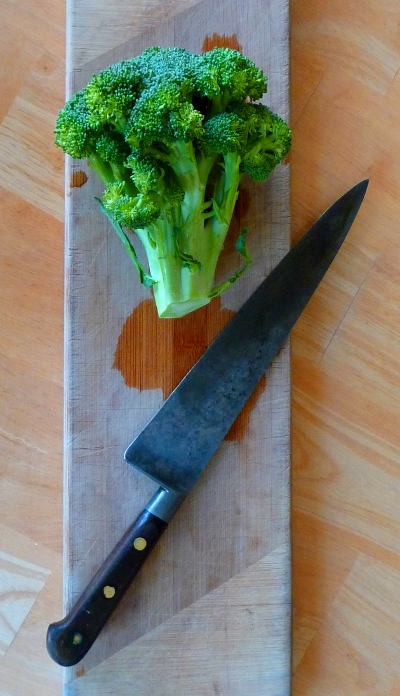 The timing was dead-on.
The timing was dead-on.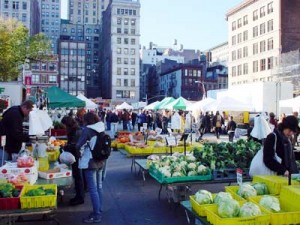
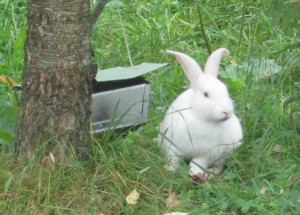 decided not to come that day.
decided not to come that day.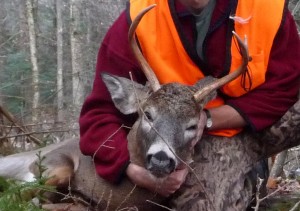 “I don’t mind,” he said and nodded toward his wife, to whom he was about to pass the serving bowl. She did mind.
“I don’t mind,” he said and nodded toward his wife, to whom he was about to pass the serving bowl. She did mind.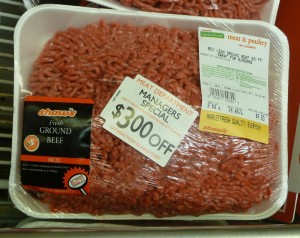 But here’s the thing. I know other people—some of them near-vegetarians—who won’t eat any meat except wild game. Or who will only eat meat—wild or domestic—if they know how the animal lived and died.
But here’s the thing. I know other people—some of them near-vegetarians—who won’t eat any meat except wild game. Or who will only eat meat—wild or domestic—if they know how the animal lived and died.